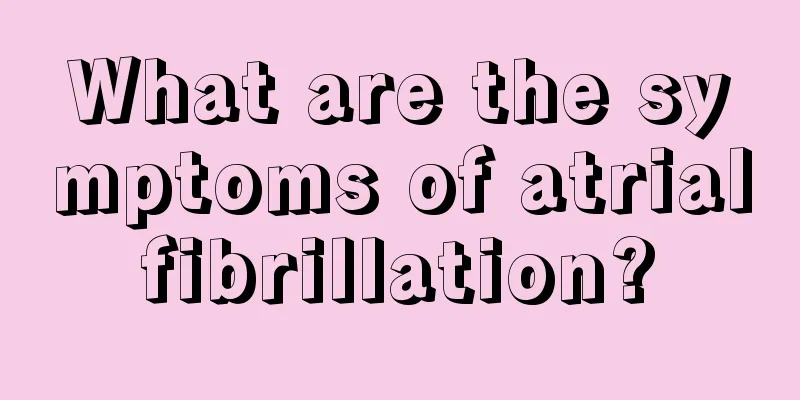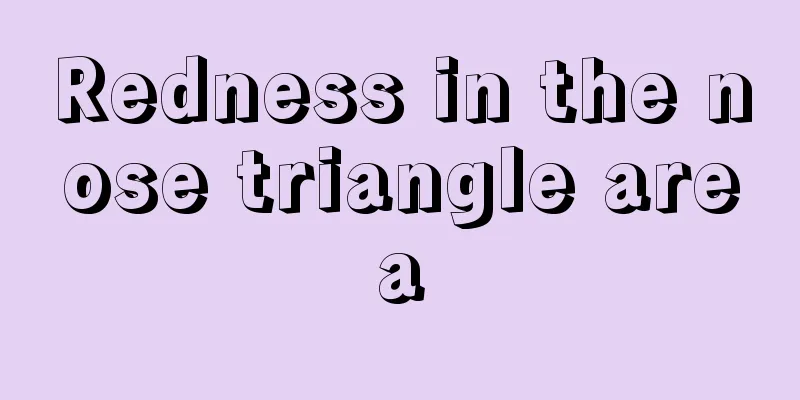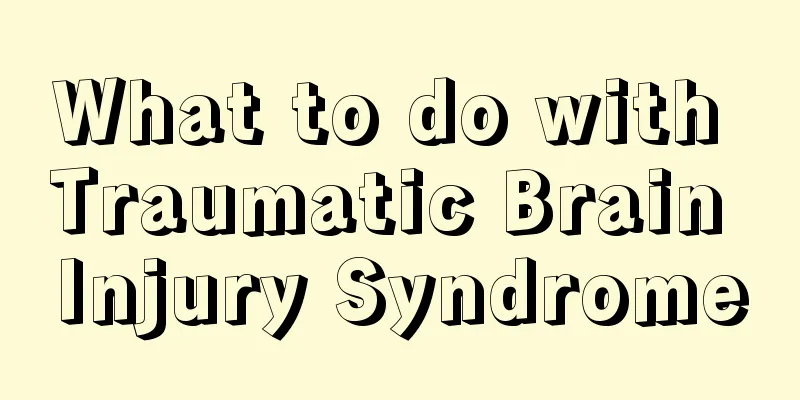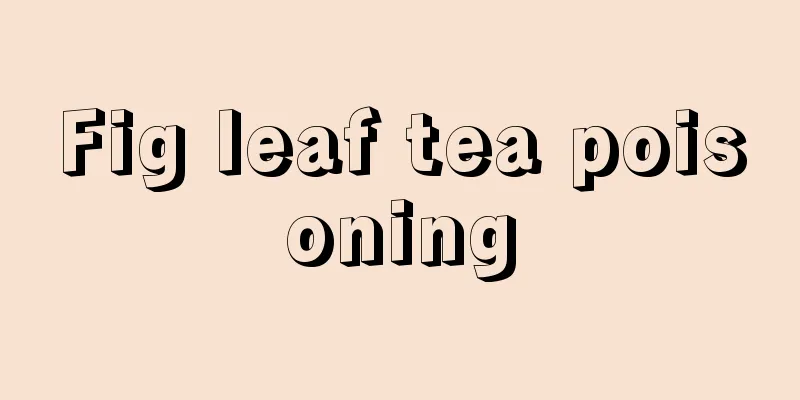What are the symptoms of atrial fibrillation?

|
Atrial fibrillation occurs mostly because the patient's internal body environment is out of balance, such as high blood pressure, hyperthyroidism, etc. Atrial fibrillation of heart disease can affect many functions of the heart and directly harm the patient's health. We should learn more about the symptoms of atrial fibrillation. There is no unified classification of atrial fibrillation. According to its duration, it can be divided into paroxysmal atrial fibrillation, persistent atrial fibrillation and permanent atrial fibrillation. It is generally believed that paroxysmal atrial fibrillation refers to those that can convert to sinus rhythm on their own within 7 days, and usually lasts less than 48 hours; persistent atrial fibrillation refers to those that last for more than 7 days and require drugs or electric shock to convert to sinus rhythm; permanent atrial fibrillation refers to those that cannot convert to sinus rhythm or recur within 24 hours after conversion. Depending on the presence or absence of underlying heart disease, it is divided into pathological atrial fibrillation and idiopathic atrial fibrillation (no underlying heart disease in clinical examination). Idiopathic atrial fibrillation often occurs in younger people, most of whom are under 50 years old. Idiopathic atrial fibrillation is sometimes also called isolated atrial fibrillation. Clinical manifestations 1. Palpitations, feeling of rapid heartbeat, accompanied by fatigue or tiredness; 2. Dizziness, lightheadedness, or even fainting; 3. Chest discomfort: pain, pressure or discomfort in the precordial area; 4. Shortness of breath: Feeling of difficulty breathing during light physical activity or rest. Some patients may not have any symptoms. During atrial fibrillation, the atria lose their contractile function, and blood easily stagnates in the atria and forms blood clots. After the blood clots break off, they can travel with the blood throughout the body, causing cerebral embolism (stroke), limb artery embolism (severe cases may even require amputation), etc. High-risk factors for stroke in patients with atrial fibrillation include previous history of embolism, hypertension, diabetes, coronary heart disease, heart failure, and left atrial enlargement. |
<<: What to do if you have liver damage? Treatment methods for liver damage
>>: Can Molluscum Contagiosum Heal On Its Own?
Recommend
Why does my sternum hurt when I cough?
In winter, many people will have symptoms of cold...
What are the sequelae after radiotherapy for breast cancer
What are the sequelae of breast cancer radiothera...
The best medicine for migraine
Migraine is a relatively common type of headache ...
How to easily remove the odor from shoes
Rubber shoes and sneakers have poor air permeabil...
Is liver cancer contagious if it is diagnosed in the hospital? Whether liver cancer is contagious depends on these three points
Liver cancer is one of the most common malignant ...
What is Keshan disease? Common symptoms of Keshan disease
Common symptoms of Keshan disease include dyspnea...
What is coronary ct angiography
What is coronary CT angiography? This is a questi...
How to judge whether sesame paste has gone bad
In daily life, people cannot do without any seaso...
What are the functions and effects of baking soda toothpaste?
Toothpaste is an indispensable daily necessity in...
What are the causes of joint pain?
Joint pain is a disease with a relatively high in...
Is it okay to take a bath with salt?
There are various kinds of toiletries on the mark...
How to detoxify uneven skin tone
Whether it is air or diet, a lot of toxins will a...
When to drink milk to enlarge breasts
Breast enhancement is always a topic that women c...
Will patients with small cell lung cancer die after surgery?
Will the patient die after surgery for small cell...
How to rule out laryngeal cancer yourself
You cannot rule out laryngeal cancer by simply ch...









